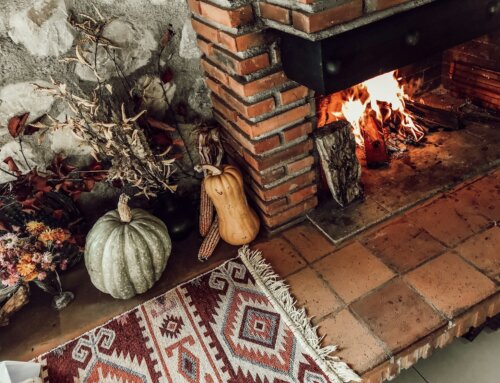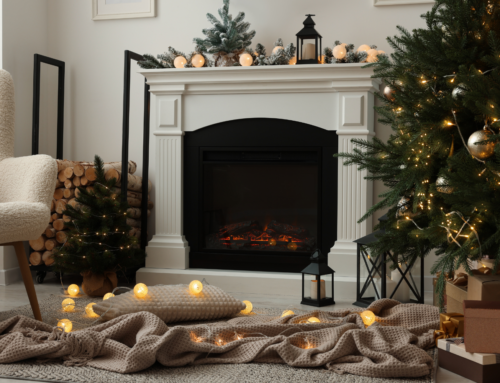by David P.
This article is sponsored by Hillis Public Adjusters. Hillis Public Adjusters are property damage experts. Hillis advises and assists commercial and residential insurance policyholders through the overwhelming task of submitting an insurance claim. They specialize in exposing the damages that often get overlooked by insurance companies while interpreting ambiguous insurance policies, helping clients get the money they need to rebuild their lives. Hillis has successfully settled over 50,000 property damage claims, including flood damage and other types of property damage, for over 30 years. Contact Hillis at 1-800-HILLIS-1.
So a few days ago it was 80 degrees and all of a sudden, the temperatures have plummeted! ‘Tis the season for drastic shifts in the weather, and whether you’re ready to accept it or not, winter is just around the corner. Old Jack Frost loves nipping at your nose. The kids need to bundle up even more snuggly before going to school. And, of course, that power bill is larger than ever. It is not uncommon for homeowners in some parts of Pennsylvania to see a thousand dollars on their bills during the colder months of the year. For many, the high cost of home heating leads to financial problems the remainder of the year.
Here are some tips on how to winterize your home to both stay warm and save on utilities at the same time.
1. Employ a Draft Snake
Have you ever had to stick a towel in a door gap to prevent aromas and orders from wafting out of the room? Well, the same thinking applies in your home during cold weather. Drafts from the outside enter from underneath the door, cooling things off. Likewise, the heat that should be accumulating in the house seeps through the same opening, leaving rooms feeling frigid.
A simple way to stop this heat loss is to place a towel or blanket underneath the door.
Americans used this method of conservation widely during the Great Depression, when they could not afford heating fuel. The method garnered the name “draft snake” because the rolled-up towels or blankets resemble the reptile to some.
2. Put a Plastic Covering on Windows
Windows are a prime culprit in the heat dissipation game. Glass lets in the outside atmosphere, whether heat or cold. Moreover, cracks in window panes might be responsible for as much wintry air invasions as the door gap. A solution to this problem is to place a plastic cover over windows. The warm air stays inside and the cold air remains outside.
Over time, houses develop large cracks and gaps in the facade. Erosion from wind, heat and water lead to this issue. There is little that can be done to stop this inevitably. However, during winter, it is necessary to close off the largest of these perforations.
A simple method is to place caulk inside them. Just fill the holes with caulk from the gun, purchased at a home supply store, to trap heat inside where it belongs.
4. Use a Ceiling Fan
Wait, ceiling fans disseminate cold air, right? Well, yes, they do. During the warm season, use the fan in a counterclockwise circulating direction to cool things off. The opposite is true during winter. Rotate the blades clockwise to warm the room.
5. Insulate the Attic
Any large open spaces in homes need insulating. Attics are a main concern. These rooms sit atop houses and have little material to block cold breezes. The roof has support arches but nothing much else to keep out cold air. Eventually, the winter temperatures from outside will permeate the entire house if left unattended.
Insulation is the key. There are many types of insulation, including fiberglass, wool, natural fiber and foam that homeowners can use. The insulation works like a warm blanket to help the house fight susceptibility to cold drafts.
Get started winterizing your home and saving on utilities now, and you’ll be carefree and toasty-warm by winter!
Armed with these tips, any homeowner can stay warm, even during the bitterest winter months. Moreover, by using these low cost techniques, they do not have to worry about breaking the bank.
–Sponsored–
[/fusion_builder_column][/fusion_builder_row][/fusion_builder_container]We Are Supported By:














